Interested in a fun and interesting way to boost your physical health? Rock climbing is a great beginner friendly sport! It has different levels of difficulty, ranging from ladder like climbs to god-level routes that only experienced pros can send. No matter how skilled you are, the creative nature of climbing offers an exciting and entertaining experience.

Rock climbing is a full workout, as it utilizes every major muscle in the body (at least in intermediate and above levels) and burns around 550 calories every hour. It is also intellectually simulating, as many routes need to be “read” and deciphered, in order to find the most efficient method up.
Rock climbing gyms also often have a welcoming atmosphere, with the community being a lure to many climbers. Many people find lifelong friends and shared interests in this community, turning climbing into a social event as well as a physical activity. 
Western Washington as a whole is saturated with rock climbing gyms, and there are many near Sammamish and Redmond. Most of these gyms are in the larger surrounding cities, such as Bellevue and Seattle, which houses Seattle Bouldering Project, Momentum Indoor Climbing, Vertical World Seattle, and a multitude of Edgeworks locations.
If you take up climbing, don’t feel discouraged by the daunting shadows of famous figures or community heroes (or the team kids, they are just built different. If a seven-year-old flashes the v4 you were projecting, it was probably a team kid). They’ve faced the same scary prospects and frustrating plateaus that you are staring down and made their way to the top with hard work and time. Given time and effort, you will find yourself improving beyond what you thought possible.
Rock climbing terms to know:
Route: the path by which the climber gets to the top of the route or the last hold. In commercial gyms, these routes are differentiated by colored holds.
Grade: the difficulty rating of a climb. On bouldering routes, this is on a scale of 0 to 17, in addition to B, which is the easiest grade. On top rope and lead routes, this is on a scale of 6 to (in commercial gyms) 13, with an extra – or + to further indicate difficulty.
Bouldering: A shorter route, without safety ropes or other protections.
Beta: the method a climber gets to the top of a route by.
Belayer: a person who uses the pulley system at the top of the route to protect the climber from falling.
Top rope: A longer route, where the climber wears a harness and pairs with a belayer, who is connected to the climber through ropes looped around a pulley system, which provides protection from falling to the climber.
Projecting: to work on a difficult route repeatedly
Send: to get to the top of a route
Flash: to get to the top of a route on the first try
Good luck and have fun on your rock climbing journey!
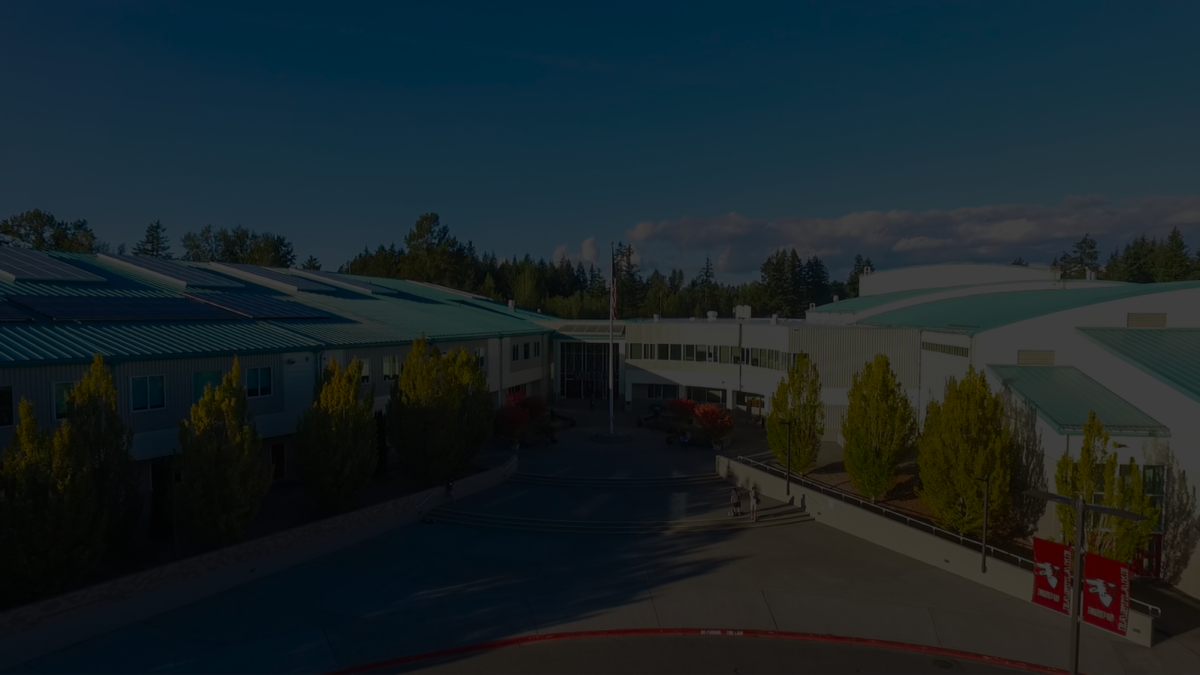
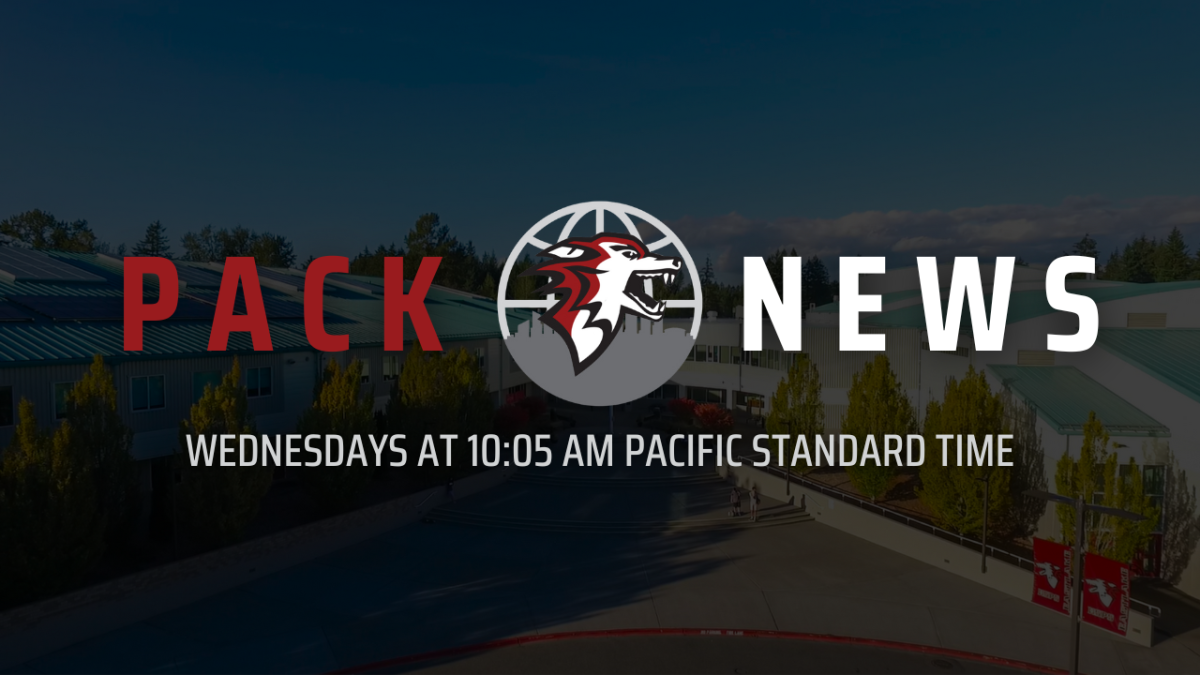
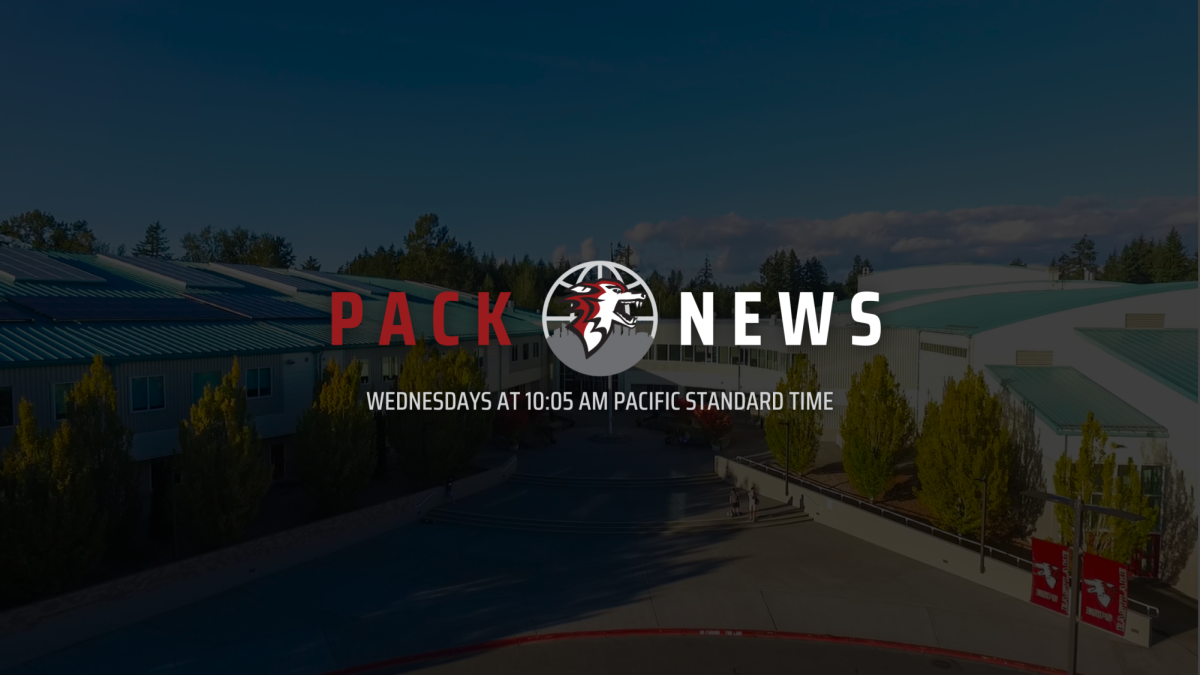
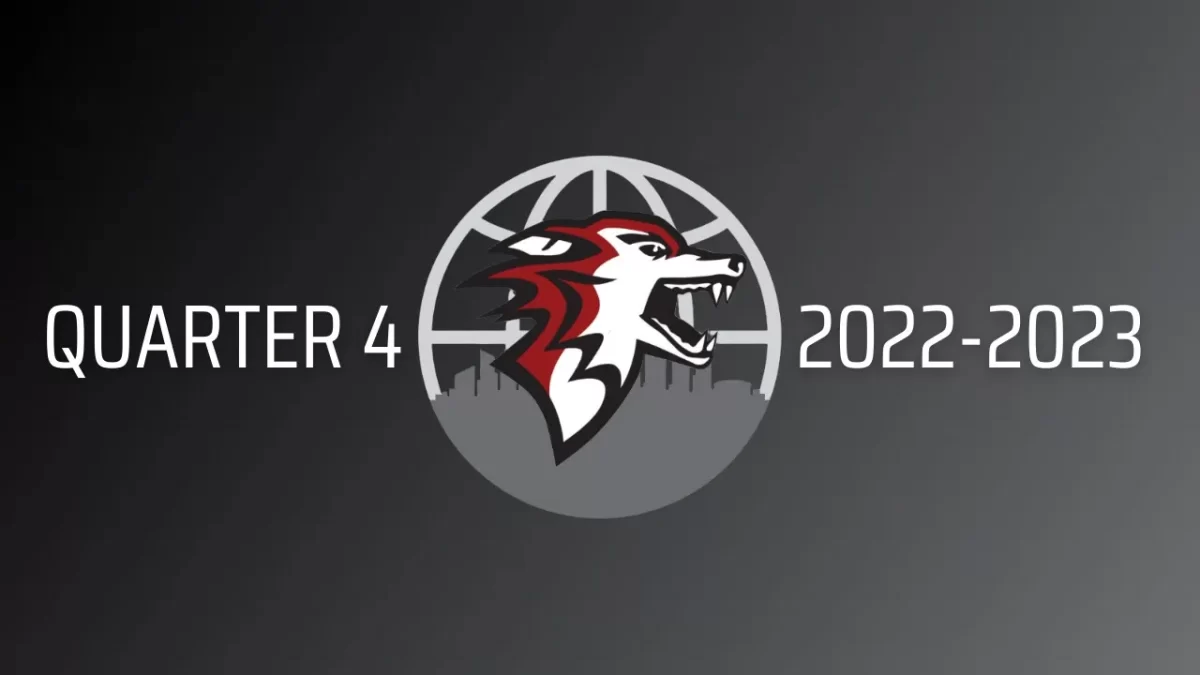
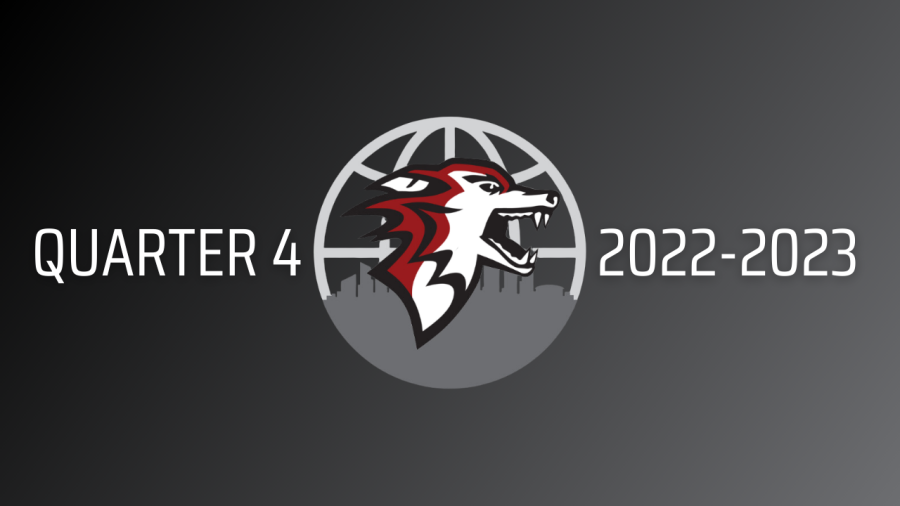



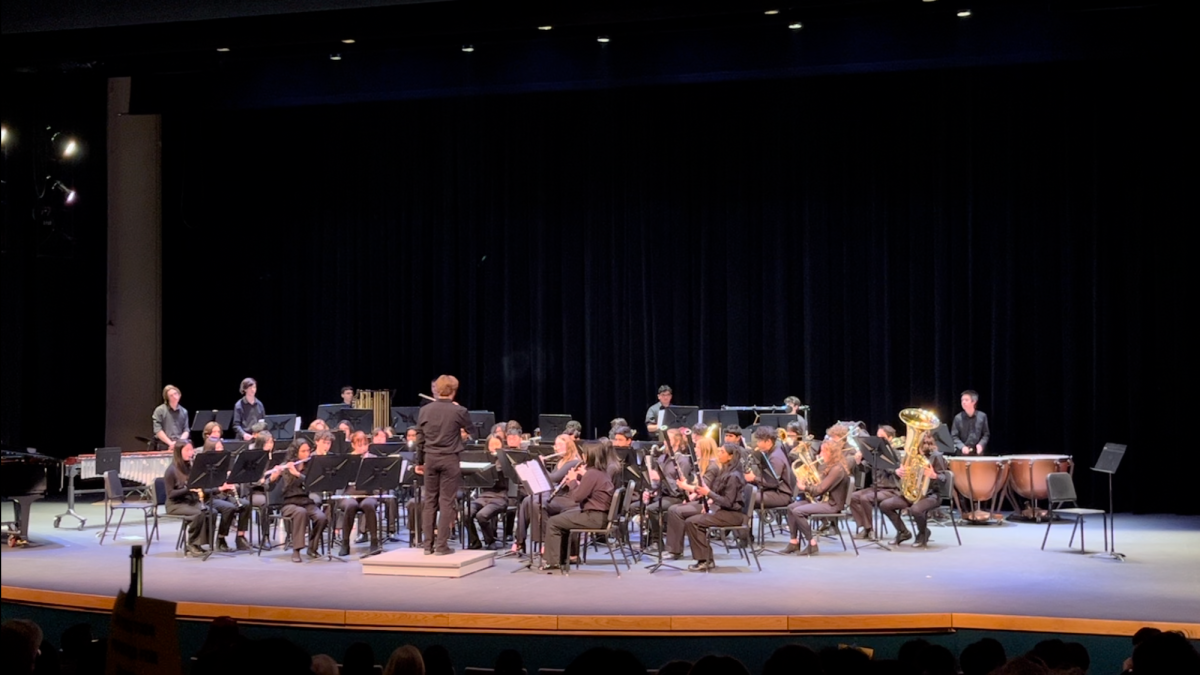

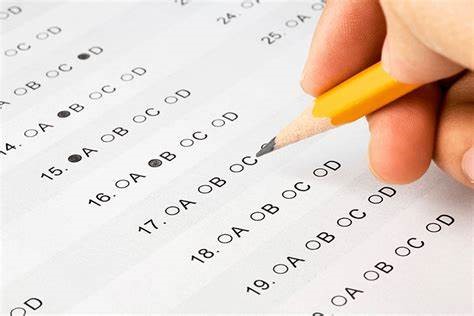

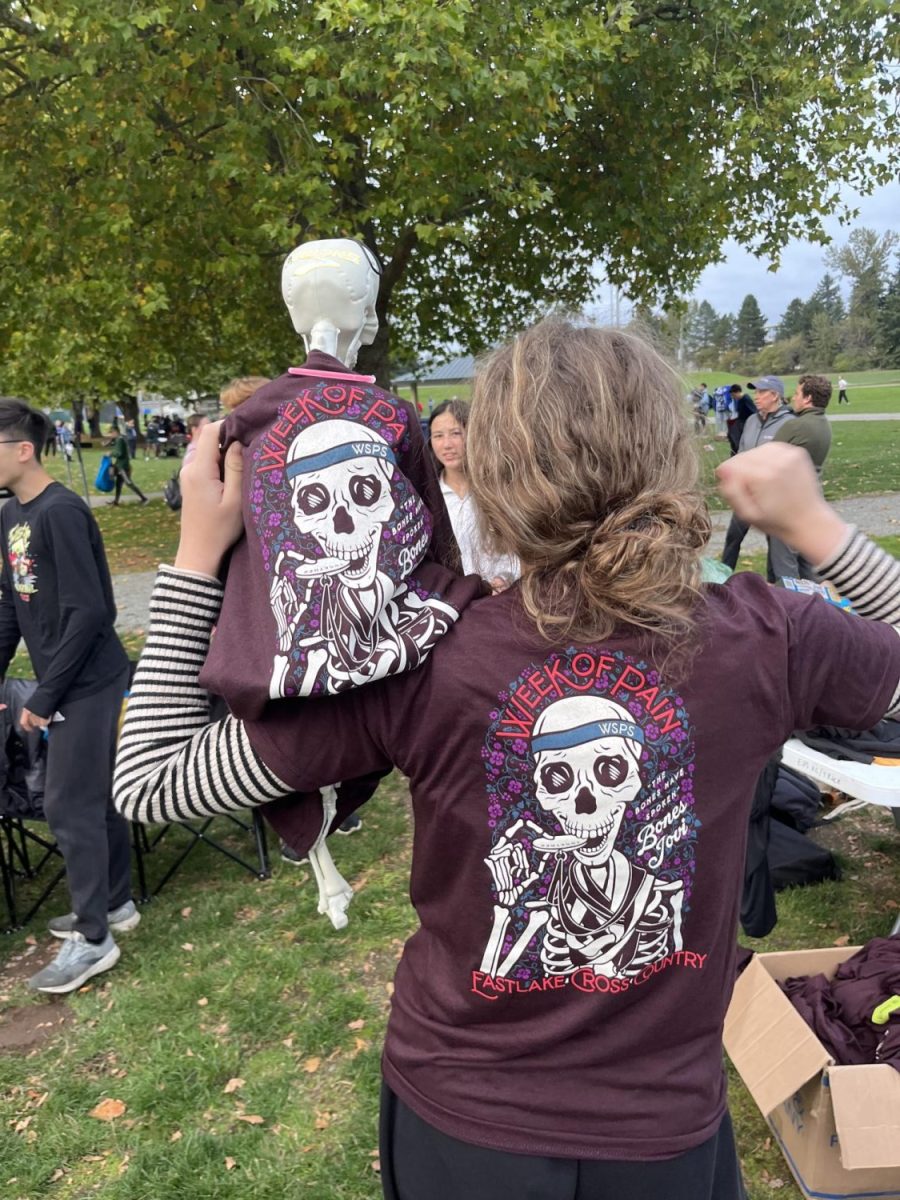



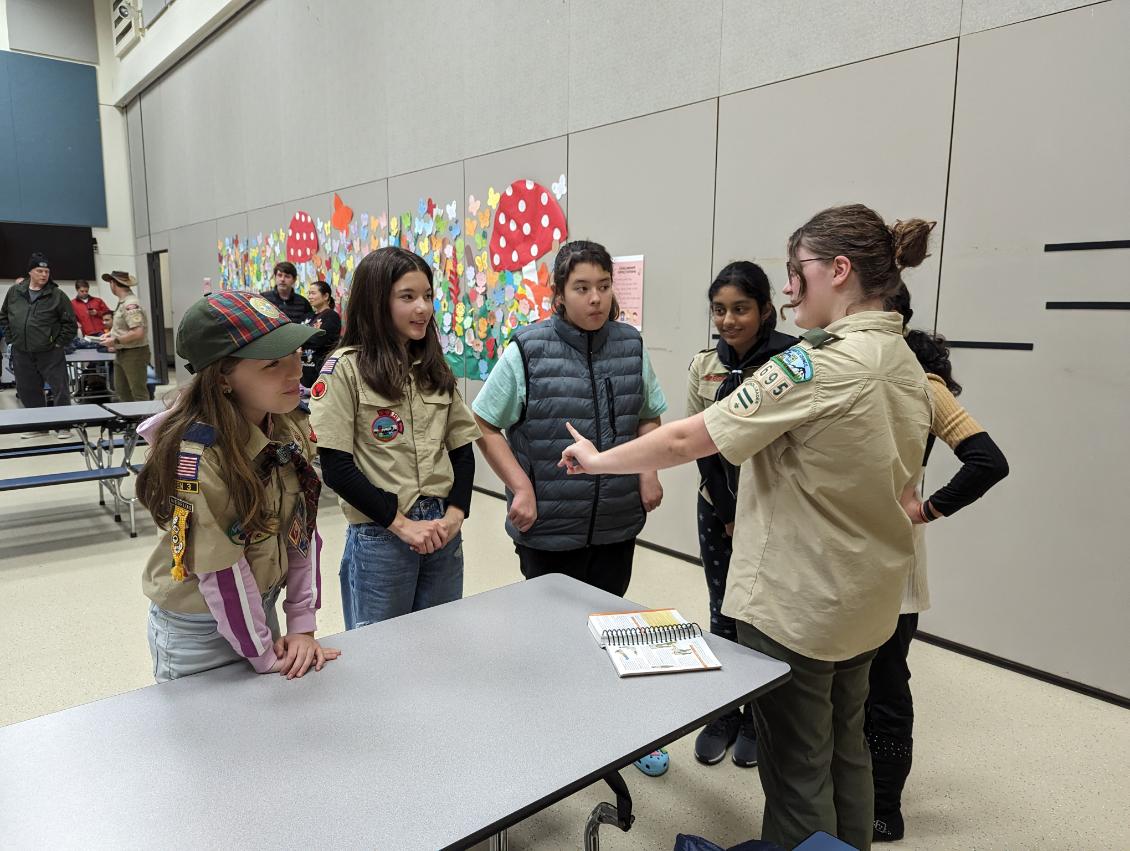



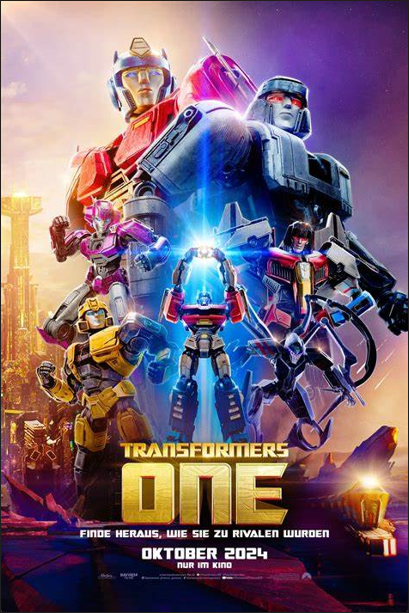




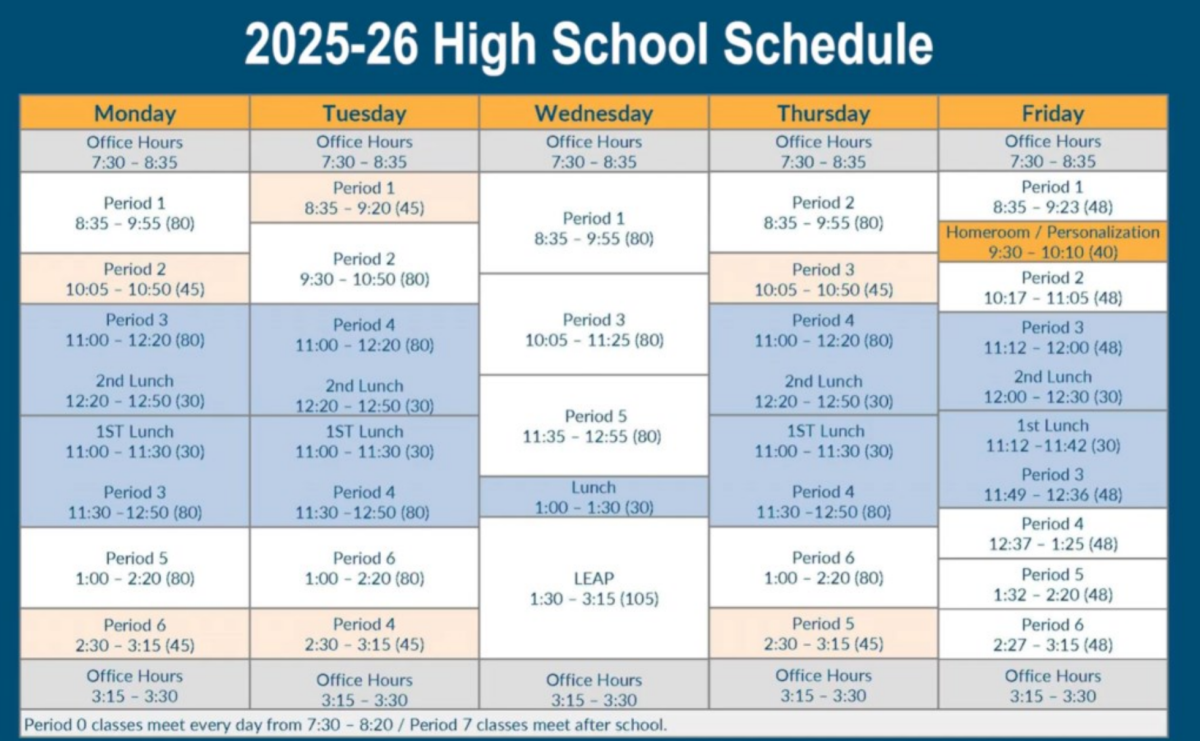

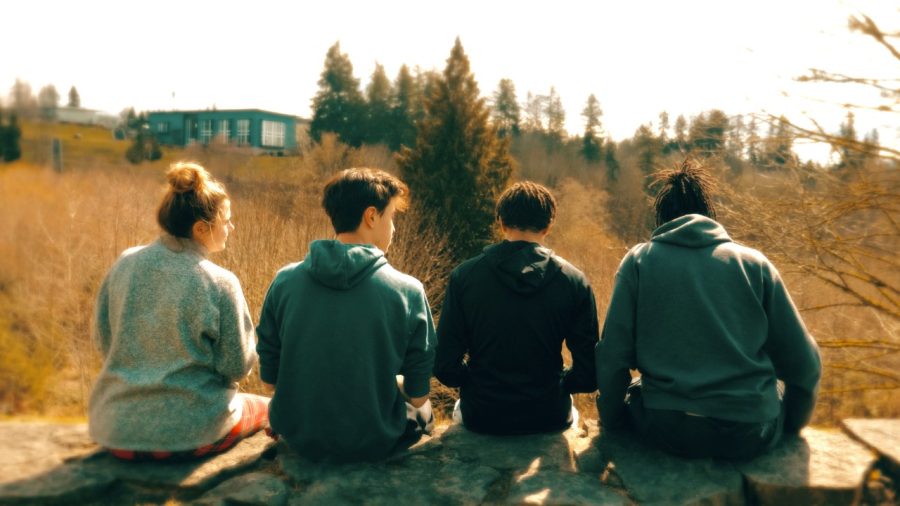
hartej • May 8, 2024 at 11:16 AM
based